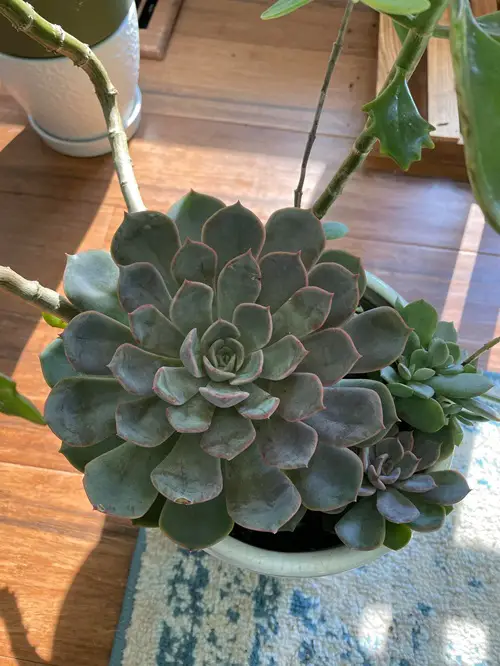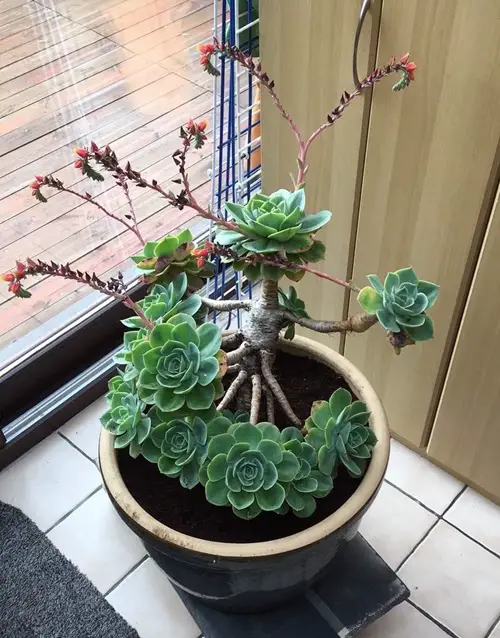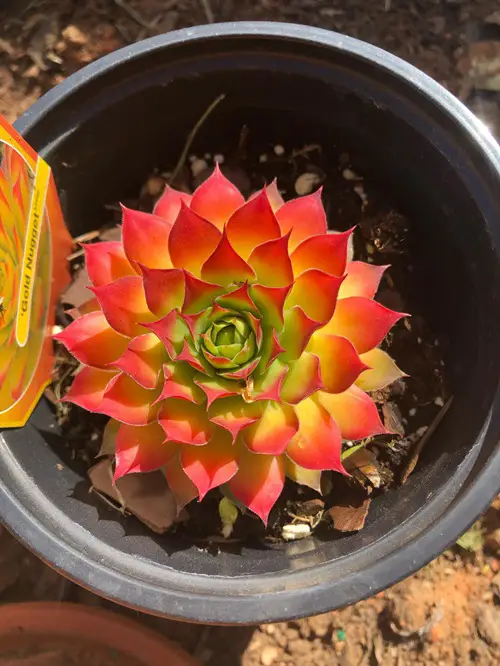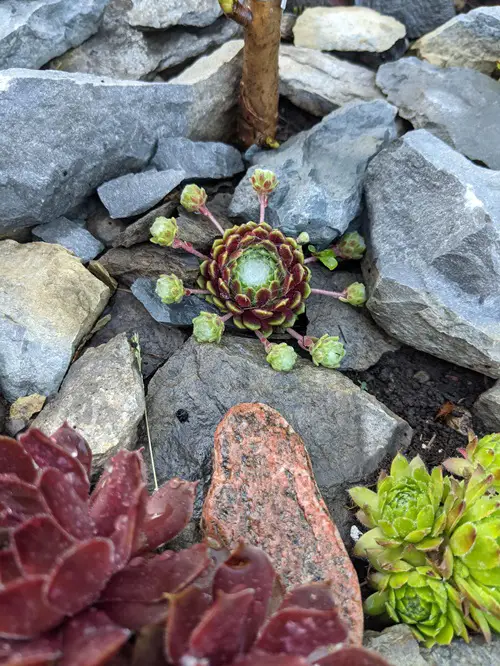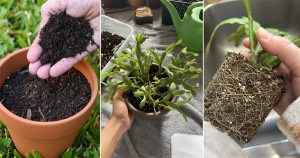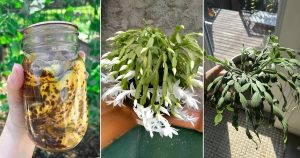Wondering how cold can succulents tolerate? Learn everything about it and also the ways to protect your plants from frost.
Succulents are celebrated for their ability to thrive in challenging conditions, but when it comes to cold weather, not all succulents are created equal. While some can survive icy temperatures, others crumble at the first sign of frost. So, how cold can your succulents actually tolerate? Let’s find out.
The Impact of Cold on Succulents
Succulents, for the most part, thrive in warm and dry climates. They’re built to handle hot weather, but when the cold starts creeping in, things can get tricky. Generally, succulents prefer temperatures between 60°F and 80°F. But when it gets colder, especially below 40°F, that’s when you need to pay attention.
Hardy vs. Soft Succulents—Who Wins the Cold Battle?
When it comes to cold tolerance, succulents fall into two categories—hardy and soft. Hardy succulents are the champs of cold weather, shrugging off freezing temperatures like it’s no big deal. They can handle temps as low as -20°F, especially if they belong to the Sempervivum or certain Sedum varieties. If you live in an area with harsh winters, these are your go-to plants.
On the other side, soft succulents, like Aloe Vera and Echeveria, prefer their temperatures a bit warmer—ideally anything above 40°F. When the mercury dips below freezing, their leaves and stems, full of water, start to freeze and ultimately rot, leading to a sad end. If you’ve got soft succulents in your garden, you’ll want to bring them indoors or cover them up when temperatures drop.
Protecting Succulents From the Cold
If the forecast shows freezing temperatures, bring your soft succulents inside to a sunny, warm spot. For hardy succulents, they can handle the cold, but they still need protection from frost, so cover them with a frost cloth or an old sheet at night.
It’s also super important to keep their soil dry in winter because wet soil and cold weather don’t mix well. Make sure their pots or garden beds drain well. And if you’re growing them in containers, go for concrete or terracotta, which help insulate the roots better than metal or glass.
Succulent Dormancy in Cold Weather
Cold weather can trigger dormancy in some succulents, particularly soft varieties. Dormancy is like a plant’s version of hibernation—they slow down their growth and conserve energy until the weather warms up. During this period, they don’t need as much water or sunlight, so let them rest!
Some succulents even change color in cold weather. You might notice green succulents turning red, purple, or even pink. It’s their way of adapting to stress from colder temperatures, and it’s quite beautiful. We have an informative article on this topic so you can check it, too!
Cold Hardy Succulents to Consider
If you live in a colder climate, consider adding some hardy succulents to your collection. Sempervivum, often called hens and chicks, are some of the best cold-tolerant succulents around. They can survive through freezing winters and come back thriving in the spring.
Sedum is another good choice, but not all Sedum varieties are frost-hardy, so be sure to check the specific plant’s hardiness zone.
The Summing Up!
How much cold your succulents can tolerate depends on their type. Hardy succulents can brave freezing temperatures, while soft ones need extra protection. With a little care and preparation, your succulents can survive and even thrive through the cold months. Got any tips for keeping succulents happy in winter? Share them in the comments below!

